Quincy's growth is far from over. Our 'Change and the City' series explores it all.
In the 50 years since the Red Line came to town, Quincy has transformed from a sleepy blue collar community into a bustling and diverse city. And the change is far from over.
The Patriot Ledger's Change and the City series, launched in the summer of 2021, takes a look at the many ways Quincy has reinvented itself. The Change and the City stories have been some of our most clicked stories at PatriotLedger.com, and we have more coming.
Our subscribers make this sort of in-depth reporting possible. Check out our latest subscription offer here.
Here's a sampling of what we've been covering in Change and the City
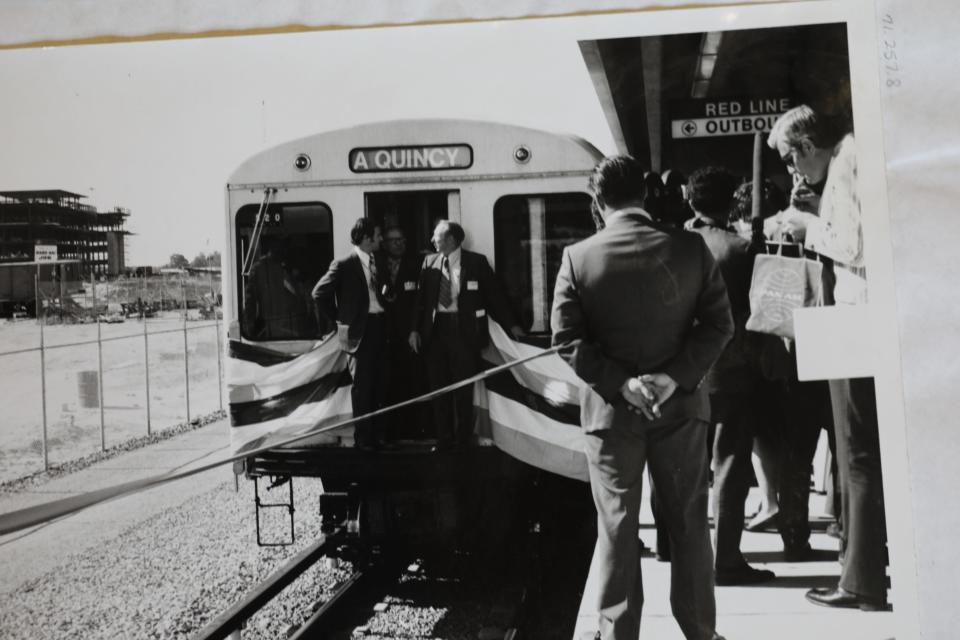
Quincy's development boom arrived 50 years ago. And it came by train.
Fifty years ago, the first set of shiny silver trains on the Red Line pulled into Quincy's first three stations fueling decades of growth and development in the city that has not stopped. The train came as Quincy, like other places across America, shifted its economy from an old industrial base into more service-oriented and white-collar jobs. The railway laid the foundation for Quincy's recent housing boom and helped save the city from stagnation.
Read the full story here.
Two big Quincy stories: How Quincy hackers broke in; councilors talk missing $3.5 million
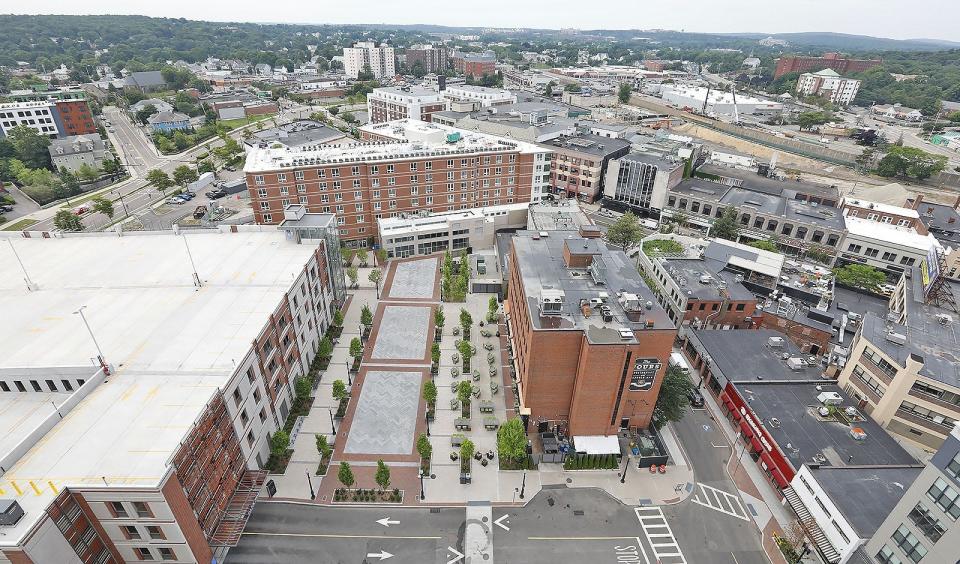
A tale of two Quincys: Unbridled growth in a city rich with history
A drive down Hancock Street shows Quincy’s changing cityscape as a tale of two cities. One is full of rich historical and cultural heritage, and the other faces the modern realities of a growing city with a population that just topped 100,000.
Are you already a subscriber? You can read the full story here.
No? Subscribe today and get full access to all of our subscriber only content.
Superstars: 20 South Shore high school basketball players ready to take the MIAA tournament by storm
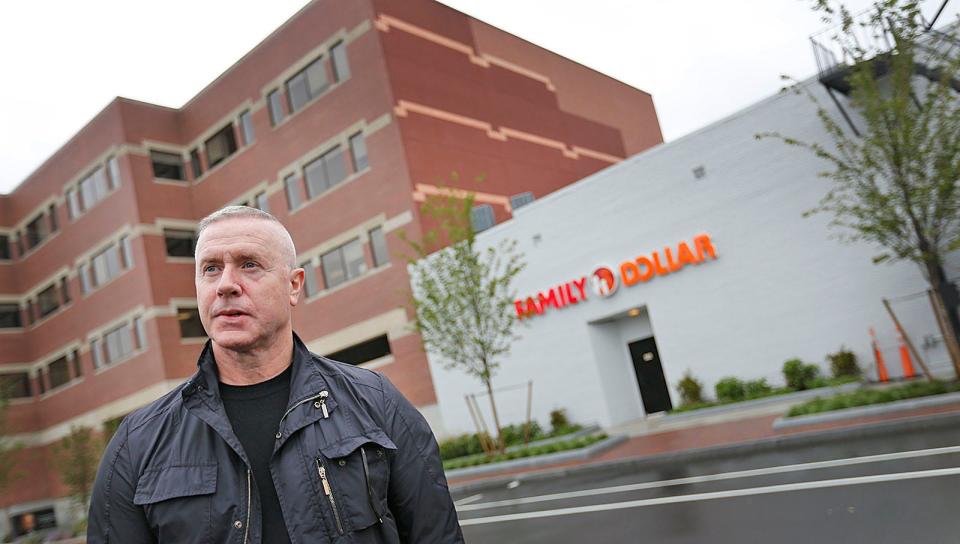
Meet the developers ushering the city into a new era
Developers from Boston, Washington, D.C., and all along the Eastern Seaboard see room to grow in Quincy, a city they say has spent decades not living up to its potential. Quincy is smack in the middle of what could be called its "second wave" of transformative development, and hundreds of millions of dollars are on the line in what some still consider a risky place to take a chance on. For some, it's a risk worth taking.
Subscribers can read the full story here.
How much did they make? See the biggest municipal salaries on the South Shore
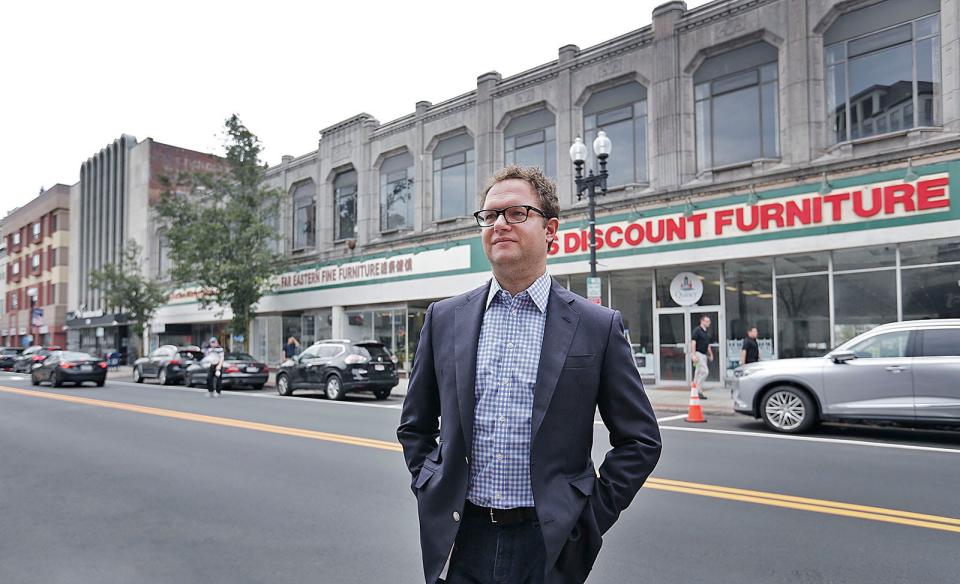
How Quincy went from a blue-collar haven to one of the state's most expensive places to live
"Quincy people can't afford Quincy anymore, and that's a problem," said Ward 4 City Councilor Brian Palmucci.
Quincy, once home to factory, shipyard and quarry workers, has gone from working-class living to high-end luxury. A recent report on housing in the Boston Metro Area by Zumper, an apartment rental website that tracks cost trends in major metropolitan areas, ranks Quincy as the fifth most expensive community in the area surrounding Boston.

More than 70% of Quincy's housing was built before 1980, but in the past 10 years the city has added more than 3,600 units of housing in buildings with more than three units, and 1,000 more units are under construction. Since 2015, fewer than 100 single- and two-family homes have been built.
Subscribers can read the full story here.
Traffic is an age-old complaint in Quincy, but is it really that bad?
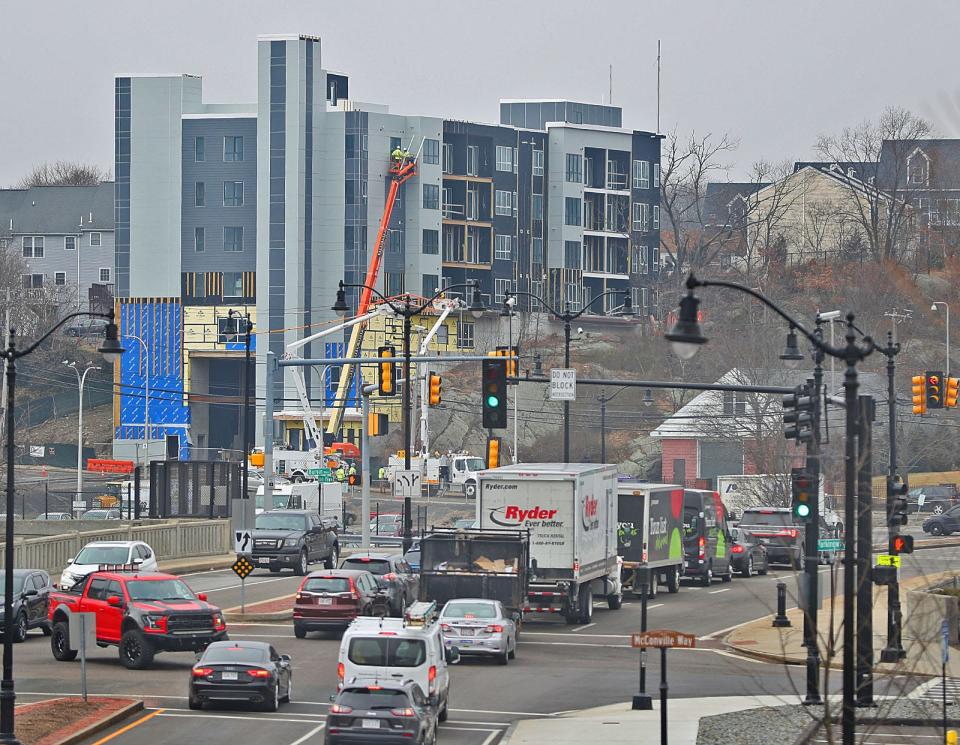
The city has added thousands of housing units in medium to large multifamily complexes in the past several years. As each complex goes up, so does the number of complaints about cars on the road, public transit schedules and pedestrian safety.
Despite the thousands of new people who've moved into the city, data shows that traffic hasn't gotten significantly worse in the last five to 10 years.
But try telling that to a Quincy driver.
Subscribers can read the full story here.
Crime is down in Quincy. Here's why.

The decades-old nickname of "The Dirty Q" has dropped off in use by South Shore residents, and Police Chief Paul Keenan said Quincy has cleaned itself up in the last 40 to 50 years.
Public safety isn’t top of mind for Quincy residents because crime is down in the city, a favorable trend amid a building and development boom that is bringing thousands of new people into the community.
Public safety officials have been preparing for this change since the $1.6 billion redevelopment of Quincy's downtown area started in 2005. Quincy's rapid growth may be stirring up angst with accessibility, traffic and availability of affordable housing, but public safety has kept pace over the past decade. Statistics show Quincy remains relatively low in crime compared to cities of similar size and wealth, and the city's police department continues to earn national and state recognition.
Read the full story here.
If you're not a subscriber, please consider taking advantage of our latest offer by clicking here.
This article originally appeared on The Patriot Ledger: Quincy Change and the City series tracks development, housing, traffic

